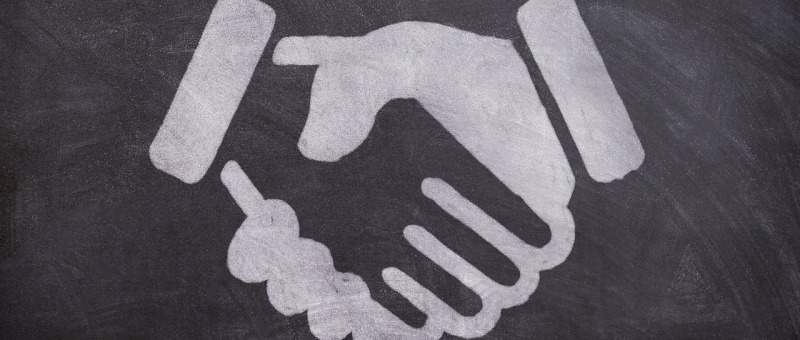Two business executives, Mark and Hiroshi, sit across from each other in a Tokyo boardroom, their respective companies poised to enter into a pivotal partnership.
As the negotiation unfolds, cultural missteps trip up the veneer of professionalism.
Mark approaches negotiations with a directness honed by years of business dealings in the West, while Hiroshi, rooted in the traditions of Japanese culture, communicates with subtlety and nuance, often unspoken.
Their initial exchanges are cordial but tense due to the cultural chasm separating them.
However, as the negotiation progresses, something remarkable happens.
Despite the language barriers and divergent communication styles, Mark and Hiroshi seek common ground.
And they’re able to find it based on their knowledge of effective communication, cultural awareness, and stress management in cross-cultural negotiations in accordance with this groundbreaking research, shared by Harvard.
Effective Communication
A recent series of studies by esteemed researchers reveals invaluable insights for negotiators navigating diverse cultural exchanges.
One study illuminates the pivotal role of effective communication in cross-cultural negotiations.
Their findings underscored that communication quality significantly impacts negotiation outcomes, with cross-cultural pairs often facing lower-quality communication compared with their same-culture counterparts.
However, those cross-cultural pairs who overcame communication barriers achieved better outcomes than their same-culture counterparts, leveraging their differences to reach more creative agreements.
Stereotyping Pitfalls
In another fascinating study, researchers delved into how negotiators prepare for talks with counterparts from different cultures.
Surprisingly, the research uncovered a tendency among negotiators to overemphasize cultural differences, leading them to expect counterparts to negotiate based on stereotypes.
This inclination, while well-intentioned, can inadvertently pave the path to misunderstandings and culture clashes.
Stress Management
Further research examined the impact of stress on cross-cultural communication.
It was found that negotiators grappling with extreme demands on their attention are prone to succumb to cultural stereotypes, potentially impeding effective communication and negotiation outcomes.
These studies reveal the importance of striking a balance between acknowledging cultural differences and treating counterparts as individuals.
While cultural awareness forms the bedrock of successful negotiations, delving deeper into counterparts’ professional backgrounds, personalities, and negotiating experiences fosters deeper understanding and rapport on an individual level.
Additionally, mitigating stress at the bargaining table serves as a potent antidote against succumbing to cultural stereotypes, creating space for more thoughtful and effective communication.

